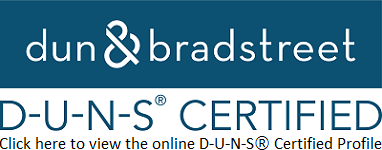Product Application List
The product adopts high-quality food card base paper produced by whole wood pulp without fluorescence and brightener, and has the characteristics of anti-oil, water resistance, good stiffness, high folding resistance, and good forming effect; after laminating processing, it is widely used in production of various high-grade paper products, such as lunch box and high-end food packaging products.
-
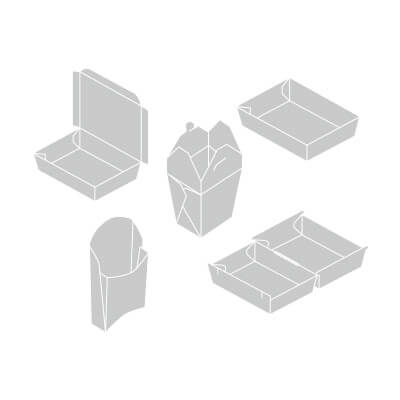 WS-9905DMax. Production Speed (pcs/min)360Machine Dimension LxWxH (cm)370 x 138 x 150
WS-9905DMax. Production Speed (pcs/min)360Machine Dimension LxWxH (cm)370 x 138 x 150 -
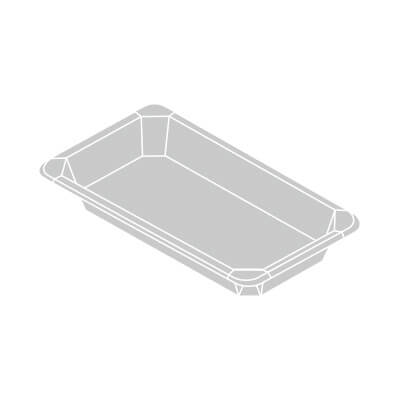 WS-1107Max. Production Speed (pcs/min)22Machine Dimension LxWxH (cm)250 x 160 x 230
WS-1107Max. Production Speed (pcs/min)22Machine Dimension LxWxH (cm)250 x 160 x 230 -
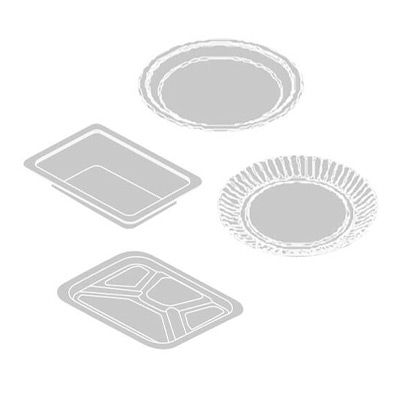 WS-3300NMax. Production Speed (pcs/min)65Machine Dimension LxWxH (cm)321 x 200 x 150
WS-3300NMax. Production Speed (pcs/min)65Machine Dimension LxWxH (cm)321 x 200 x 150 -
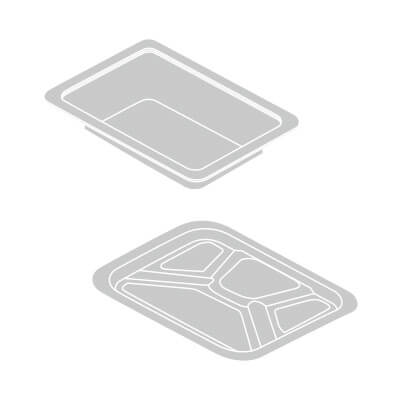 WS-3301Max. Production Speed (pcs/min)32Machine Dimension LxWxH (cm)320 x 200 x 210
WS-3301Max. Production Speed (pcs/min)32Machine Dimension LxWxH (cm)320 x 200 x 210 -
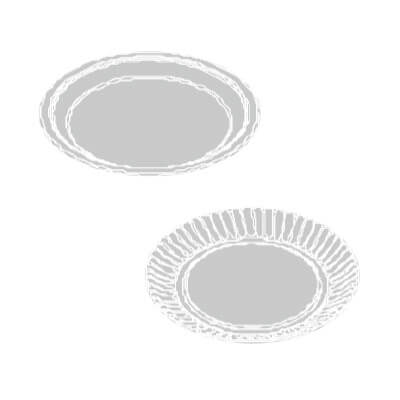 WS-3302Max. Production Speed (pcs/min)32Machine Dimension LxWxH (cm)320 x 200 x 210
WS-3302Max. Production Speed (pcs/min)32Machine Dimension LxWxH (cm)320 x 200 x 210 -
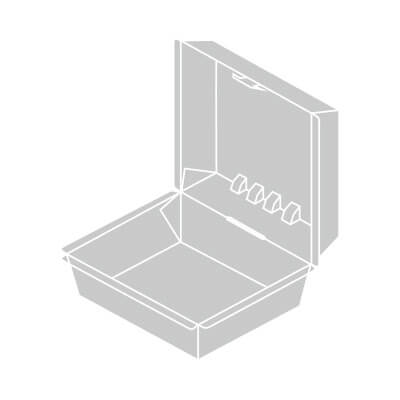 WS-8804Max. Production Speed (pcs/min)28Machine Dimension LxWxH (cm)320 x 130 x 240
WS-8804Max. Production Speed (pcs/min)28Machine Dimension LxWxH (cm)320 x 130 x 240 -
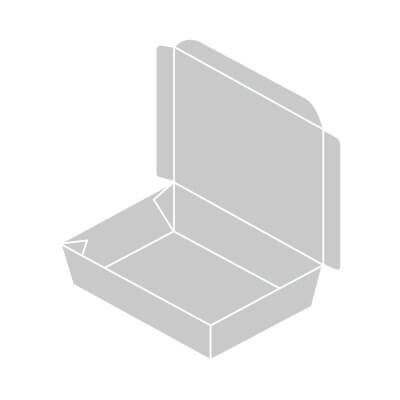 WS-1101MAMax. Production Speed (pcs/min)75Machine Dimension LxWxH (cm)116 x 114 x 209
WS-1101MAMax. Production Speed (pcs/min)75Machine Dimension LxWxH (cm)116 x 114 x 209 -
 WS-1100Max. Production Speed (pcs/min)60Machine Dimension LxWxH (cm)166 x 114 x 209
WS-1100Max. Production Speed (pcs/min)60Machine Dimension LxWxH (cm)166 x 114 x 209 -
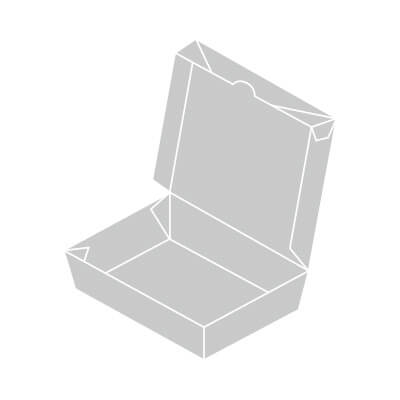 WS-1105CMax. Production Speed (pcs/min)28Machine Dimension LxWxH (cm)290 x 123 x 240
WS-1105CMax. Production Speed (pcs/min)28Machine Dimension LxWxH (cm)290 x 123 x 240 -
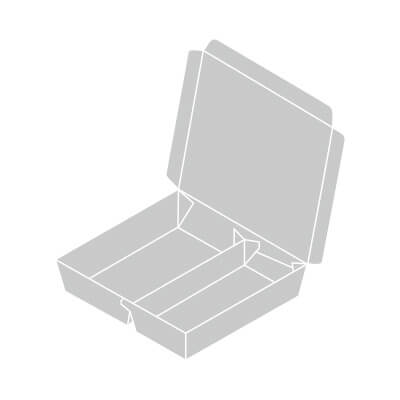 WS-8801Max. Production Speed (pcs/min)32Machine Dimension LxWxH (cm)280 x 130 x 240
WS-8801Max. Production Speed (pcs/min)32Machine Dimension LxWxH (cm)280 x 130 x 240 -
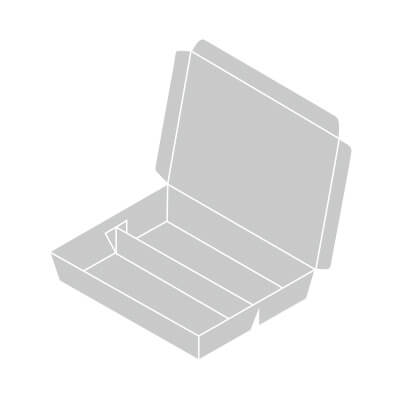 WS-8802Max. Production Speed (pcs/min)32Machine Dimension LxWxH (cm)280 x 130 x 240
WS-8802Max. Production Speed (pcs/min)32Machine Dimension LxWxH (cm)280 x 130 x 240 -
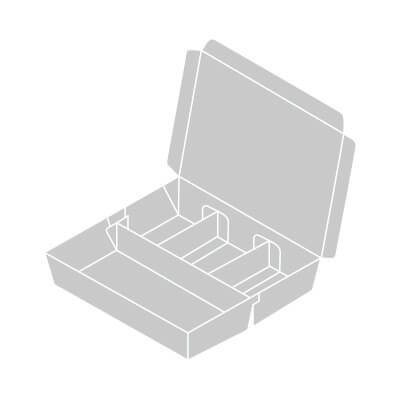 WS-8809BMax. Production Speed (pcs/min)17Machine Dimension LxWxH (cm)360 x 150 x 225
WS-8809BMax. Production Speed (pcs/min)17Machine Dimension LxWxH (cm)360 x 150 x 225 -
 WS-8809ERMax. Production Speed (pcs/min)22Machine Dimension LxWxH (cm)360 x 150 x 225
WS-8809ERMax. Production Speed (pcs/min)22Machine Dimension LxWxH (cm)360 x 150 x 225 -
 WS-8809MAMax. Production Speed (pcs/min)36Machine Dimension LxWxH (cm)360 x 270 x 225
WS-8809MAMax. Production Speed (pcs/min)36Machine Dimension LxWxH (cm)360 x 270 x 225 -
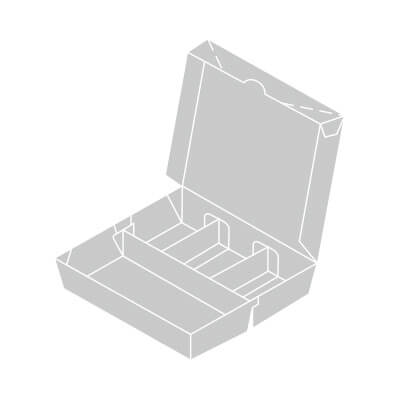 WS-8809HCMax. Production Speed (pcs/min)14Machine Dimension LxWxH (cm)450 x 180 x 400
WS-8809HCMax. Production Speed (pcs/min)14Machine Dimension LxWxH (cm)450 x 180 x 400 -
 WS-8809HRMax. Production Speed (pcs/min)21Machine Dimension LxWxH (cm)450 x 180 x 400
WS-8809HRMax. Production Speed (pcs/min)21Machine Dimension LxWxH (cm)450 x 180 x 400 -
 WS-9905Max. Production Speed (pcs/min)180Machine Dimension LxWxH (cm)370 x 140 x 150
WS-9905Max. Production Speed (pcs/min)180Machine Dimension LxWxH (cm)370 x 140 x 150 -
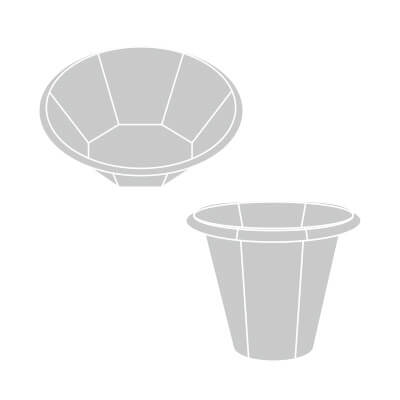 WS-3303Max. Production Speed (pcs/min)60Machine Dimension LxWxH (cm)320 x 200 x 210
WS-3303Max. Production Speed (pcs/min)60Machine Dimension LxWxH (cm)320 x 200 x 210 -
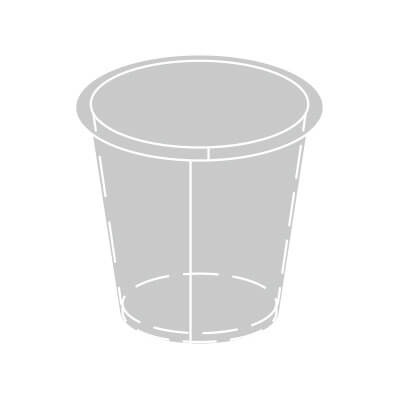 WS-M-CUPMax. Production Speed (pcs/min)80Machine Dimension LxWxH (cm)290 x 190 x 190
WS-M-CUPMax. Production Speed (pcs/min)80Machine Dimension LxWxH (cm)290 x 190 x 190 -
 WS-P850Max. Production Speed (pcs/min)280Machine Dimension LxWxH (cm)590 x 210 x 200
WS-P850Max. Production Speed (pcs/min)280Machine Dimension LxWxH (cm)590 x 210 x 200
◎Custom design in welcomed
We reserve the right to alter specifications without prior notice.
Regional Growth in the Paper Lunch Box Machine Market
-
Asia-Pacific:
-
Market Expansion: The Asia-Pacific region, particularly countries like China, India, and Japan, is witnessing significant growth due to the high demand for sustainable packaging solutions. Rapid urbanization, increasing disposable incomes, and a strong push towards eco-friendly products are driving this growth.
-
Technological Adoptio: Countries in this region are also leading in the adoption of advanced manufacturing technologies, including automation and IoT integration, which enhance production efficiency and product quality.
-
-
North America:
-
Sustainability Initiatives: The North American market is growing due to stringent environmental regulations and strong consumer demand for sustainable packaging. The US and Canada are major markets, with companies investing in advanced paper lunch box manufacturing technologies to meet these demands.
-
Innovation and R&D: Significant investments in research and development are leading to innovations in machine design and materials, further propelling market growth.
-
-
Europe:
-
Regulatory Influence: Europe’s strict environmental regulations and policies aimed at reducing plastic waste are major drivers of the paper lunch box machine market. Countries like Germany, France, and the UK are at the forefront of this transition.
-
Market Dynamics: The European market is characterized by a high level of competition and innovation, with companies focusing on developing efficient, high-capacity machines to cater to diverse consumer needs.
-
-
South America:
-
Emerging Market: South America, particularly Brazil and Argentina, is emerging as a significant market due to increasing awareness about environmental sustainability and the growing food delivery industry.
-
Economic Growth: Economic improvements and the expansion of the middle class are driving demand for eco-friendly packaging solutions, leading to increased adoption of paper lunch box machines.
-
-
Middle East & Africa:
-
Market Potential:The Middle East and Africa region is showing potential for growth due to increasing urbanization and a shift towards sustainable packaging solutions. Countries like South Africa and the UAE are key players in this market.
-
Infrastructure Development: Investments in infrastructure and manufacturing capabilities are expected to support the growth of the paper lunch box machine market in this region.
-
Diverse Applications of Paper Lunch Box Machines
-
Food Packaging:
-
Takeaway Boxes: A primary application of paper lunch box machines is in producing takeaway boxes for the food service industry. These boxes are widely used by restaurants, cafes, and food delivery services
-
Lunch Boxes: Machines are used to manufacture lunch boxes that are increasingly preferred in schools, offices, and for personal use due to their eco-friendly nature.
-
Burger Boxes: Another significant application is the production of specialized boxes for burgers, catering to fast-food chains and restaurants.
-
-
Specialized Packaging:
-
Custom Shapes and Sizes: Machines capable of producing various shapes and sizes cater to niche markets requiring customized packaging solutions, such as event catering and gourmet food packaging.
-
Branded Packaging: Businesses are leveraging these machines to create branded packaging that not only serves as a container but also as a marketing tool to enhance brand visibility and consumer engagement.
-
In summary, the paper lunch box machine market is experiencing robust regional growth driven by sustainability trends and technological advancements. The diverse applications of these machines across food and non-food sectors highlight their versatility and importance in promoting eco-friendly packaging solutions.
"In Central and South American countries, paper dinner plates are widely used due to their convenience, affordability, and increasingly, their environmental benefits. Here are some common types and trends observed in the region:
-
Traditional White Paper Plates
-
Material: These are typically made from bleached paper pulp and are widely used for everyday meals and casual gatherings. They are lightweight, disposable, and costeffective.
-
Usage: Popular for picnics, family gatherings, and street food vendors due to their simplicity and ease of disposal.
-
-
Coated Paper Plates
-
Material: These plates have a thin coating, usually of polyethylene, to make them more resistant to moisture and grease.
-
Usage: Ideal for serving foods with high moisture content, such as grilled meats and salads, common in Central and South American cuisine.
-
-
Ecofriendly and Biodegradable Plates
-
Material: Made from biodegradable materials such as sugarcane bagasse, bamboo fiber, or uncoated paper pulp. These are increasingly preferred due to growing environmental awareness
-
Usage: Used in ecoconscious households, restaurants, and catering services. They are particularly popular in regions with strong environmental regulations or consumer preferences for sustainable products.
-
-
Decorated and Themed Plates
-
Material: Made from regular or coated paper but with colorful prints and designs, often used for festive occasions and parties.
-
Usage: Commonly used for birthday parties, weddings, and cultural festivals where aesthetic appeal is important.
-
-
HeavyDuty Paper Plates
-
Material: Constructed from multiple layers of paper or reinforced with an additional coating to handle heavier foods without bending or leaking.
-
Usage: Suitable for barbecues, outdoor events, and meals that require sturdier plates due to the weight and type of food served.
-
Regional Preferences and Trends
-
Brazil: There's a significant shift towards biodegradable plates made from sugarcane bagasse due to the country's vast sugarcane industry and environmental policies.
-
Mexico: Both traditional white and coated paper plates are prevalent. However, there is a growing market for ecofriendly options due to increasing environmental awareness.
-
Argentina: Decorated paper plates are popular for social events and gatherings, reflecting the country's vibrant social culture.
-
-
Market and Environmental Impact
The market for paper plates in Central and South America is influenced by both economic factors and environmental considerations. With the global push towards sustainability, the demand for biodegradable and ecofriendly paper plates is rising. Countries with strong agricultural sectors, like Brazil, leverage locally available materials to produce these ecofriendly options, aligning with both economic and environmental goals.
In conclusion, paper dinner plates in Central and South American countries range from traditional white and coated varieties to ecofriendly and decorated options, reflecting diverse uses and growing environmental consciousness. The trend towards sustainable products is evident, driven by consumer preferences and regulatory frameworks.






